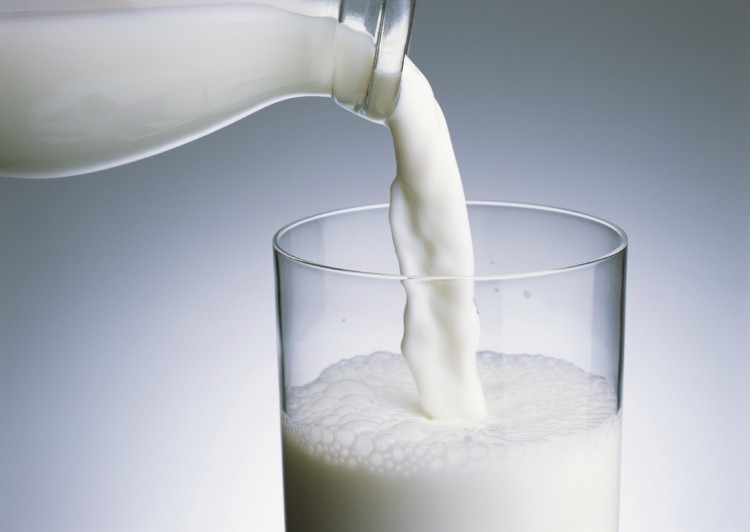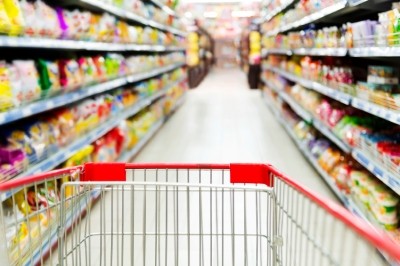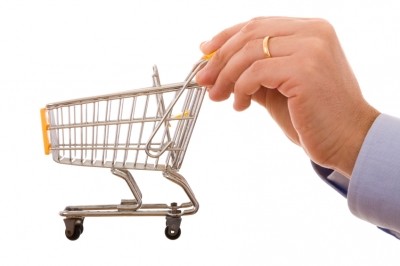How to win back share from private label? Make consumers feel the same about their milk as they do about their perfume...

In a new report, IRI says that after several years of growth, private label has reached a ceiling in some major European markets (France, Spain, Italy and the Netherlands), but it now accounts for nearly half (48.9%) of all groceries bought across Europe.
Retailers have been the main driving force of this growth, said report author and strategic insight director at IRI Tim Eales – but retailers know there is a limit to how high private label market share can go.
“Brands are spending a lot of money in creating – or at least enhancing – a need in customers’ minds for a certain product,” he told FoodNavigator. “The private label market exists to some degree on the back of that. If you go too far, you start to cut off the demand.”
Lessons from shampoo and perfume
For brands, there are lessons to be learned from the categories in which private label products have the lowest penetration – personal care, confectionery and alcoholic drinks.
“If you offer someone a private label option of a really well-known and well-trusted brand at a 30-40% lower price, you still may not want to choose the private label option,” he said.
“… [Brands] have to work on decommoditising products, so when you go to buy your milk, for example, you don’t just want white stuff in a bottle.
“The brands have to make you feel like you do about your perfume or your hair shampoo about your milk and flour and sugar. I think brands need to work very hard on that.”
A piece of the country
He said there were examples of companies doing just that, and cited the example of the cheddar cheese category in the UK, where brands like Cathedral City and Seriously Strong have managed to set themselves apart.
“Provenance is very important in this area. They are not just buying a piece of cheese, but a little piece of the country,” he said.
However, private label has the advantage of being able to piggyback on innovative new ideas from branded players – and can often come in at a lower cost to the consumer, Eales said.
He specified that own-brand products are generally about 30% cheaper than branded products – although this can vary considerably. About half of private label products are becoming more expensive compared to brands, while the other half are becoming cheaper in comparison.
Even though consumer spending on private label may be levelling off or falling, that doesn’t necessarily mean that shoppers are spending more on groceries. Price inflation has been falling across the Eurozone and, as the region emerges from recession, Eales said mindsets have changed, and people are spending a little less on their groceries each week as they question the necessity of certain purchases.
“One to two percent less isn’t a lot,” he said. “It is for the industry, but it isn’t for the individual shopper.”
The report examined private label performance in seven European countries – the UK, France, Germany, Italy, The Netherlands, Spain and Greece – as well as in the US.
The full report is available to download here.
















